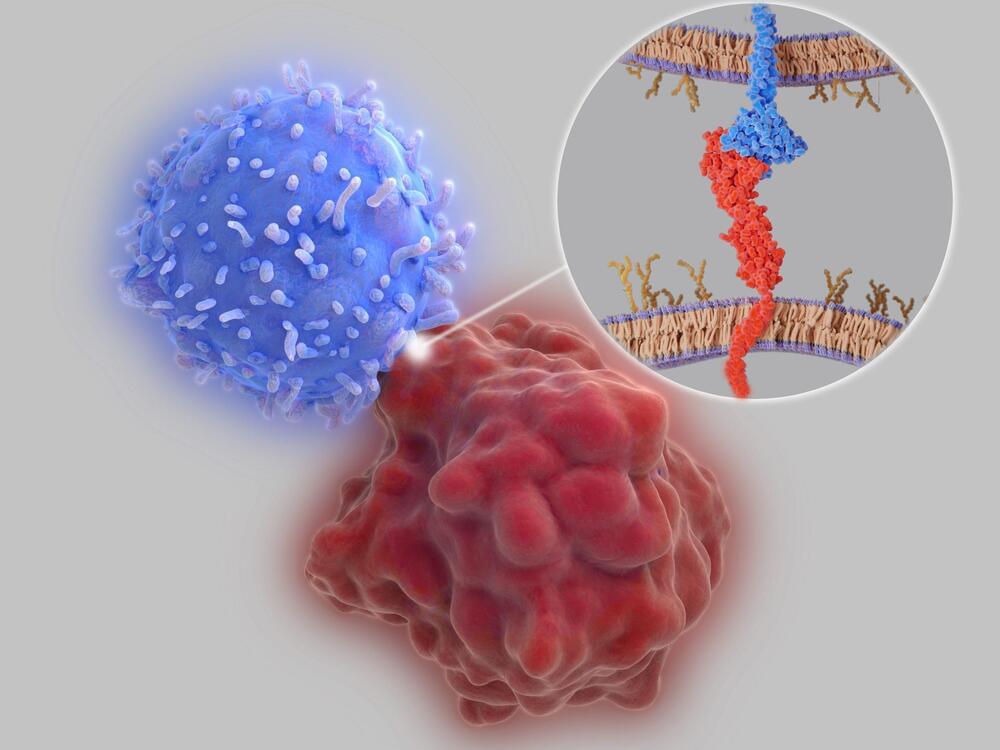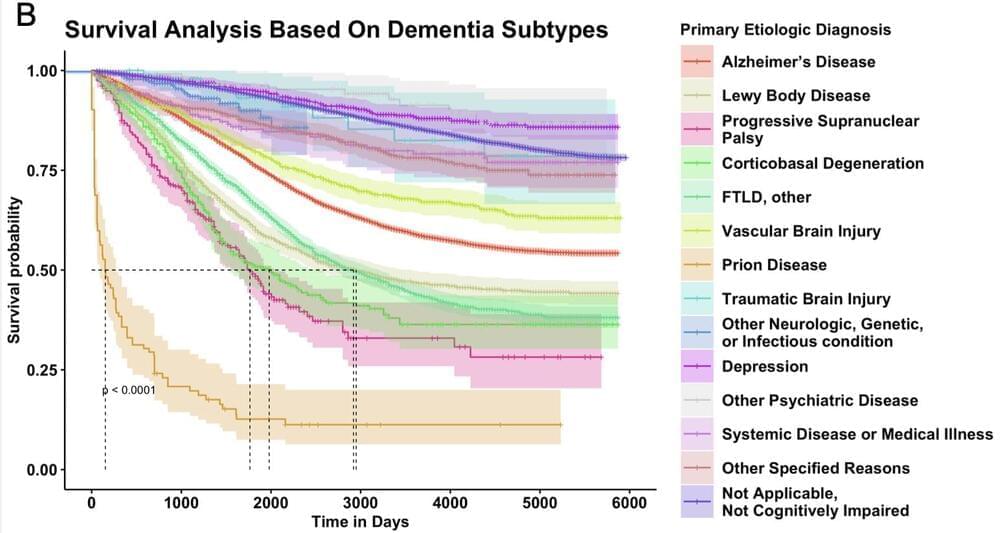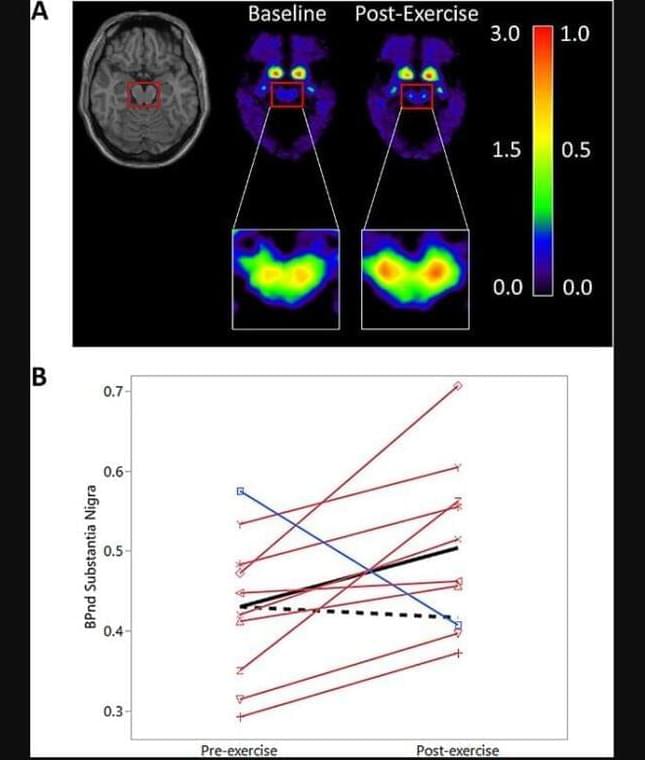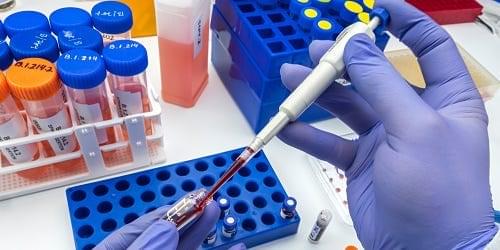Some cancerous tumors hijack proteins that act as “brakes” on our immune system and use them to form a sort of shield against immune recognition. Immunotherapy treatments have been created that turn off these “brakes” and allow our body to attack foreign-looking cancer cells.
Category: biotech/medical – Page 495
People in the daratumumab group who stayed MRD negative for at least a year were able to stop taking daratumumab as maintenance therapy and remained cancer free. That’s important, Dr. Sonneveld said, because taking fewer drugs long-term for maintenance therapy often translates to a better well-being and quality of life.
Adding daratumumab to the standard treatment resulted in a nearly 60% drop in the risk of cancer progression or death (hazard ratio of 0.42), the researchers determined.
The magnitude of that change is “unprecedented in these kinds of phase 3 trials [for] multiple myeloma,” Dr. Sonneveld said.
This article describes a clinical case of breast cancer, its diagnosis, possible prophylaxis, causes, and anatomy. Click now.
The authors cited results from a recent Phase II clinical trial reporting that Peresolimab, a PD-1 agonist monoclonal antibody, was effective in treating rheumatoid arthritis, but that the mechanism whereby peresolimab acts as an agonist was not reported. “Our characterization of PD-1 TMD dimerization may help inform evolving strategies for developing both agonists and antagonists,” they stated.
Co-senior investigator and cancer immunologist Jun Wang, PhD, an assistant professor in the Department of Pathology at NYU Grossman and Perlmutter, added, “Our findings offer new insights into the molecular workings of the PD-1 immune cell protein that have proven pivotal to the development of the current generation of anticancer immunotherapies, and which are proving essential in the design and developing of the next generation of immunotherapies for autoimmune diseases.”
Among the study’s findings was that a single change in the amino acid structure of the transmembrane segment can act to either enhance or diminish the inhibitory function of PD-1 in immune responses. The team plans further investigations of PD-1 inhibitors and agonists to see if they can tailor what they say are more effective, “rationally designed” therapies for both cancer and autoimmune disorders. Concluding on their findings in their paper, the team wrote, “In this study, we show that PD-1 and its ligands form dimers as a consequence of transmembrane domain (TMD) interactions and that propensity for dimerization correlates with PD-1 ability to inhibit immune responses, antitumor immunity, cytotoxic T cell function, and autoimmune tissue destruction. These observations contribute to our understanding of the PD-1 axis and how it can potentially be manipulated for improved treatment of cancer and autoimmune diseases.”
Researchers at the Icahn School of Medicine at Mount Sinai and others have harnessed the power of machine learning to identify key predictors of mortality in dementia patients.
The study, published in the February 28 online issue of Communications Medicine, addresses critical challenges in dementia care by pinpointing patients at high risk of near-term death and uncovers the factors that drive this risk.
Unlike previous studies that focused on diagnosing dementia, this research delves into predicting patient prognosis, shedding light on mortality risks and contributing factors in various kinds of dementia.
High-intensity exercise induces brain-protective effects that have the potential to not just slow down but possibly reverse the neurodegeneration associated with Parkinson’s disease, a new pilot study suggests.
Prior research has shown that many forms of exercise are linked to improved symptoms of Parkinson’s disease. But there has been no evidence that hitting the gym could create changes at the brain level. Now, a small proof-of-concept study involving 10 patients showed that high-intensity aerobic exercise preserved dopamine-producing neurons, the brain cells that are most vulnerable to destruction in patients with the disease.
In fact, after six months of exercise, the neurons actually had grown healthier and produced stronger dopamine signals. Dopamine is a chemical that helps brain cells communicate with one another. The researchers published their findings in npj Parkinson’s Disease on February 9.
“There’s a muon right there,” says Tioukov, pointing to a squiggly line he’s blown up using a microscope.
After months of painstaking analysis, Tioukov and his team are able to put together a three-dimensional model of that hidden burial chamber, closed to human eyes for centuries, now opened thanks to particle physics.
What seems like science fiction is also being used to peer inside the pyramids in Egypt, chambers beneath volcanoes, and even treat cancer, says Professor Giovanni De Lellis.
Knowing your “oldest organ” might also tell you more about your health trajectory — and the age-related diseases you could develop — than your biological age. The study found that individuals with accelerated heart aging, for example, have a 250% higher risk of heart failure. Every additional four years of age increased an individual’s risk of developing heart disease by almost 2.5-fold over 15 years, the study noted. It also found that accelerated brain and vascular aging in an individual can predict the progression of Alzheimer’s disease as strongly as the best biomarker test for the disease.
The technology to measure age organ-by-organ is far from ready to mainstream. Still, the concept has attracted the interest of those in longevity circles, according to The Wall Street Journal. Some researchers told the Journal that there may be a day when patients can test the age of their organs through a simple blood test. It’s not a far-off idea, given that there are already blood tests that can test for cancer.
However, some scientists believe there’s little merit in providing patients with these details before we devise interventions for them.
UC Riverside unveils real-time visibility and 10x sensitivity. These could revolutionize chronic back pain treatment.
Hospital workers face fatigue from beeping noise. A new study proposes musical timbres that reduce annoyance without compromising alarms.









